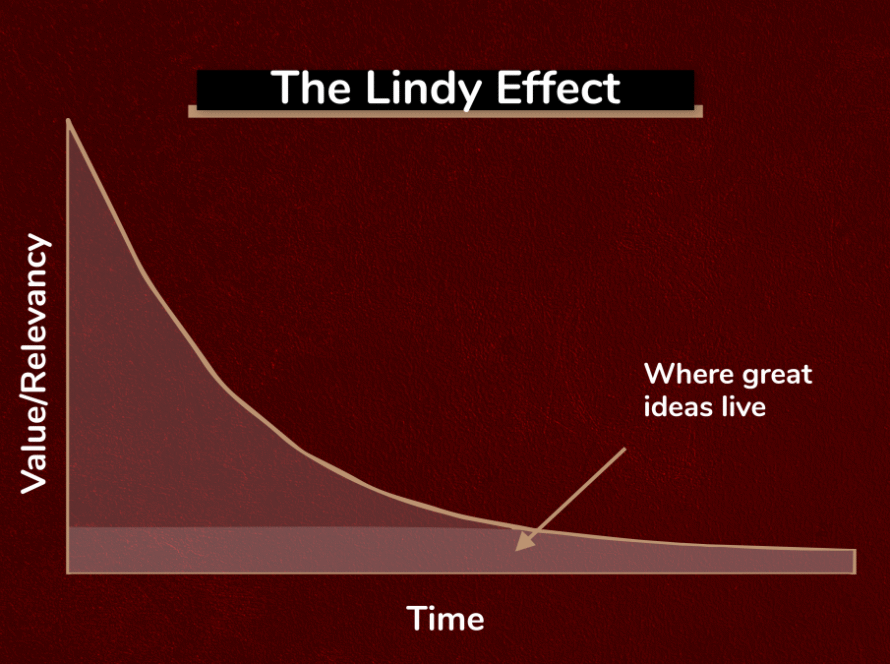In our journey we are traveling thru the corridors of history, shedding light on pivotal shifts in human behavior and societal structures, relating this to the event industry.
One such transformative era was the Middle Ages, a period that forged the very essence of group identity and communal experience through various gatherings, including religious pilgrimages, fairs, and festivals. These gatherings were not mere points of human interaction but served as crucial societal pillars, maintaining order, offering spiritual solace, and providing economic opportunities.
They were the precursors to today’s global conferences and B2B exhibitions, serving similar fundamental human needs.
The Spiritual Journey: Pilgrimages
Pilgrimages, the spiritual voyages that individuals undertook as part of their religious devotion, were instrumental in shaping societal norms and individual identities. These journeys were acts of faith, yet they contributed to a collective identity, much like modern enthusiasts trekking across countries for a fan convention. Pilgrimages were not just about the destination; they were about shared experiences, stories, and the creation of a communal narrative that bridged geographical and cultural divides. This phenomenon mirrors modern trade shows or global product launches, where attendees, though driven by professional interests, are bound by their shared passion and commitment to their field.
Fairs: The Buzzing Hubs of Economic and Social Life
Medieval fairs, precursors to today’s trade exhibitions, were vibrant, multifaceted events. Beyond mere marketplaces, they were social and economic melting pots. Harari highlights the emergence of new social orders and structures, and nowhere was this more evident than at these fairs. They fostered a sense of community and joint purpose, similar to contemporary B2B exhibitions connecting industries. Participants knew their roles, expectations, and the potential for these events to shape their economic year. Today’s global fairs echo this, providing platforms for innovation display, networking, and significant business deals. They are modern society’s version of a communal marketplace, much like their medieval predecessors.
Festivals and Tournaments: Celebration and Social Order
Festivals and tournaments were less about commerce and more about social cohesion. They included religious ceremonies, local celebrations, and chivalric tournaments—each playing a role in societal stability. The grandeur and spectacle, akin to opening ceremonies of modern trade shows or tech reveals, demonstrated prowess and social stratification. They were opportunities for societal segments to interact, assert statuses, and for authorities to reinforce social norms, ensuring communal harmony and adherence to the status quo.
Recommended by LinkedIn
Celebrating Chinese New Year 2025 in Singapore:…
Reeracoen Singapore Pte. Ltd. 4 months ago
Unique Cultural Festivals Travelers Don’t Know About…
In today’s context, these medieval gatherings hold significant parallels with modern trade shows and industry events. Like the diligent pilgrims, attendees plan and prepare for their journeys, understanding their objectives—be it learning, networking, or expanding business frontiers.
The fairs’ bustling energy is replicated today, where companies and industry professionals convene, often in specific global hubs, to showcase innovations, discuss trends, and secure business deals, re-establishing their place within the industry community.
Furthermore, the spectacle and pageantry of medieval festivals find their counterparts in keynote speeches, launch events, and award ceremonies, providing a blend of celebration, competition, and hierarchy establishment.
The COVID-19 pandemic underscored these events’ importance, as industries worldwide missed the annual congregation opportunities. The disruption highlighted our reliance on such gatherings for maintaining economic stability, industry trends, and, fundamentally, our collective identity.
As we transition into a more digitized world, the essence of these medieval congregations informs our approach to maintaining human connection and community in professional settings.
Our exploration of medieval societal structures provides profound insights into our modern gatherings.
The Middle Ages were a crucible for communal identity, with each pilgrimage, fair, and festival contributing to the societal tapestry.
These gatherings have evolved, but their core purpose remains entrenched in the human experience: the yearning for connection, the pursuit of common goals, and the continual shaping of our collective identity.
As we forge ahead, these historical insights are not just intriguing—they are essential blueprints as we adapt and maintain the human touch within our ever-evolving societal frameworks.


